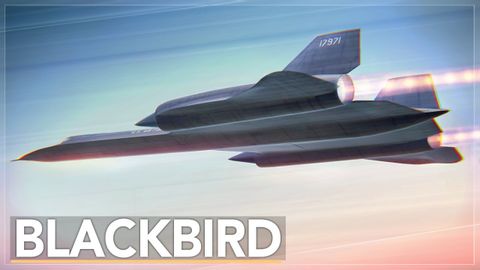Why Was This Plane Invulnerable: The SR-71 Blackbird Story
joey joey が 2021 年 06 月 01 日 に投稿  この条件に一致する単語はありません
この条件に一致する単語はありませんUS /ɪnˈkrɛdəblɪ/
・
UK /ɪnˈkredəbli/
- adv.信じられないことに;信じられないほど;信じられないほど;驚くほど
US /ɪnˈkrɛdəbəl/
・
UK /ɪnˈkredəbl/
- adj.信じられない;すばらしい;信じられない;信じられない
US /ɪˈnɔrməs/
・
UK /iˈnɔ:məs/
エネルギーを使用
すべての単語を解除
発音・解説・フィルター機能を解除

